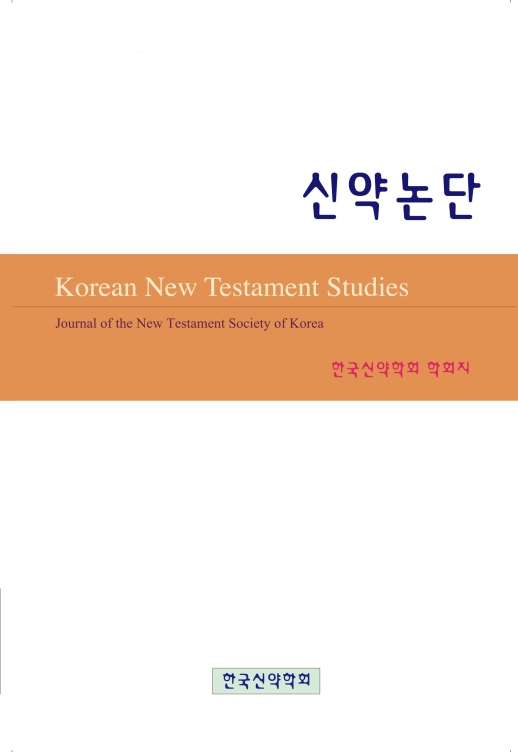이 논문은 필론과 요한복음의 연관성에 관한 최신 연구 동향 분석으로서, 찰스 도드 부터 페데르 보르겐까지 이어진 제안을 논하기 위한 것이다. 1953년에 다드는 요한복 음과 필론이 공유하는 상징 어휘들과 상징 기법을 제시하며 두 전통의 연관성을 탐구 하는 연구 토대를 마련했다. 그의 연구는 요한복음이 필론으로 대표되는 헬레니즘 유대 전통의 영향을 받았을 가능성을 제기하며 학계에 큰 반향을 일으켰다. 이후 찰스 바렛, 레이몬드 브라운, 토마스 토빈, 데이비드 루니아, 그레고리 스털링 등이 그의 연구를 직접 평가하거나 확대 · 발전시키며 논의를 이어갔다. 브라운과 바렛은 필론과 요한복 음의 유사성을 공통 배경으로 돌렸으나, 루니아와 스털링은 필론의 직접 영향을 주장했 다. 한편, 웨인 믹스, 코레 푸글세스, 폴커 지거트, 페데르 보르겐 등은 도드의 연구를 참조하되, 도드에 천착하기보다는 다른 관점과 방법론을 도입하여 연구를 확장하고 보완했다. 예컨대, 믹스는 요한복음의 선지자 왕 예수 개념이 필론의 선지자 왕 모세 개념과 유사하면서도 그것과 충돌하고 대립하는 요소들을 포함한다고 제안했다. 또한 푸글세스는 도드와 달리 사회학적 방법론을 도입하여 요한 공동체와 필론의 종교 체계 를 비교 · 분석함으로써, 요한 공동체가 세상에서 소외된 종파였다는 루이스 마틴의 가 설에 반박했다. 즉, 필론의 사상 체계는 세상에 안주하려는 모체 유형이었다면, 요한 공동체는 기성 체계에 함몰되지 않고 세상을 향해 적극적으로 도약하려는 신흥종교 유형이었다는 것이다. 지거트는 필론의 언어와 사상이 요한복음과 히브리서에서 두드 러지게 나타난다고 주장했으며, 보르겐은 랍비 문헌과 필론, 요한복음 간의 해석학적 유사성을 입증했다.
This paper examines recent trends in scholarship on the relationship between Philo and the Fourth Gospel, with a focus on contributions from Charles H. Dodd to Peder Borgen. In 1953, Dodd provided a foundational framework for exploring this connection by identifying shared symbolic terms and motifs between Philo and the Fourth Gospel. His work provoked significant academic interest by proposing the potential influence of the Hellenistic Jewish tradition, represented by Philo, on the Fourth Gospel. Subsequently, scholars such as Charles K. Barrett, Raymond E. Brown, Thomas H. Tobin, David T. Runia, and Gregory E. Sterling engaged with Dodd’s research, either critically evaluating or further developing his proposals. While Brown and Barrett attributed the parallels between Philo and the Fourth Gospel to their common cultural milieu, Runia and Sterling advocated for Philo’s direct influence on the Gospel. Other scholars, including Wayne A. Meeks, Kåre Sigvald Fuglseth, Folker Siegert, and Peder Borgen, expanded Dodd’s inquiry through alternative perspectives and methodologies. Meeks analyzed the prophet-king theme in the Fourth Gospel, drawing connections to Philo’s depiction of Moses. Fuglseth adopted a socio-logical framework to define the Johannine community as a cultic model. Siegert identified Philo’s language and concepts as particularly influential in the Fourth Gospel and the Epistle to the Hebrews, while Borgen highlighted interpretive parallels between rabbinic literature, Philo, and the Fourth Gospel.






